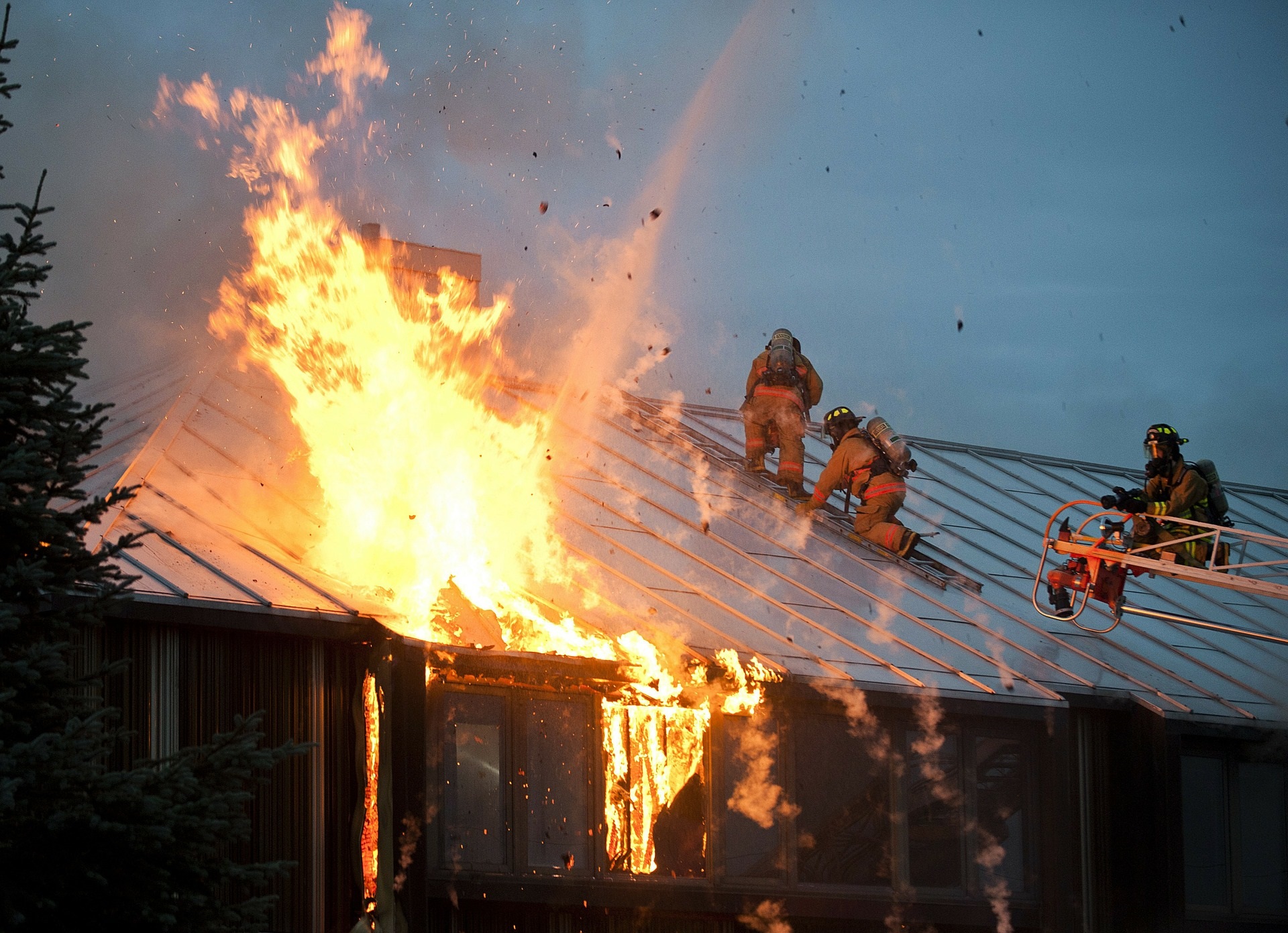A new Statistics Canada study shows Indigenous people across Canada are much more likely to die in a fire compared to the rest of the population.
The study, commissioned by The National Indigenous Fire Safety Council (NIFSC) Project says the number is between 5 to 17 times the normal rate.
“That number increases to over 10 times for First Nations people living on reserves. Inuit are over 17 times more likely to die in a fire than non-Indigenous people,” said Len Garis, Director of Research, National Indigenous Fire Safety Council Project.
The study uses the 2011 Canadian Census Health and Environment Cohort (CanCHEC) database, a population-based dataset following the population in the 2011 National Household Survey (NHS).
Prior to these findings, Garis said the large gap in reporting in Indigenous communities meant there was no meaningful data when it came to fire-related deaths or injuries. He added many social determinants play into this including poverty, inadequate housing, and housing without smoke alarms.
Garis is now calling for the development of a national First Nations Fire Protection Act. He said it would address gaps to improve fire safety in Indigenous communities by establishing fire protection research and building standards.
“All other jurisdictions in Canada including provinces, territories, and other federal jurisdictions like military bases or airports have established building and fire codes.”
Currently, the work is focused on First Nations populations living on reserves. Garis fears without a fire protection mandate or proper fire protection standards for Indigenous communities, services can be deprioritized or forgotten.
The goal is to provide hands-on capacity building through training, helping build skills for fire and life safety measures within First Nations communities and their leadership.
One area in which the NIFSC Project is working to improve fire-related mortality and morbidity is through more accurate data collection. In addition, the creation of a national incident reporting system will eventually provide some missing data, added Garis. The organization is encouraging Indigenous communities to report fire incidents through the system as they occur.
Garis hopes by providing these services they will see a sharp decline in mortality rates and see them align closer with the rest of the population.




